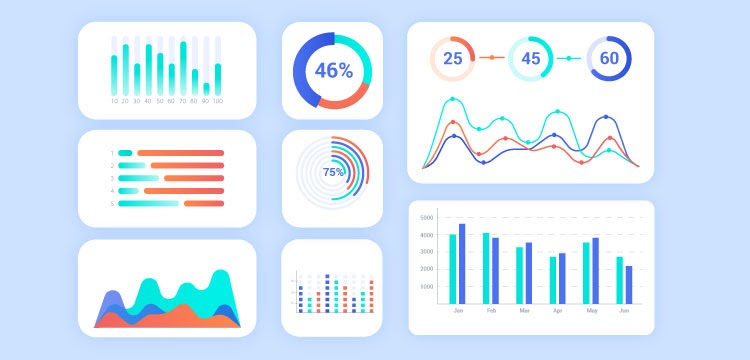Time series analysis is the processing of temporal data to forecast future observations, to predict the discrete state producing a sequence of observations (for example, normal heart rhythm versus arrythmia), or to detect anomalies within a sequence of observations. More generally, time series analysis can be applied to any ordered data; for example, to DNA sequence that is ordered but not temporally ordered. Time series analysis algorithms ingest data sequences and are generally tasked to learn sequential dependencies. The primary advantage of AI algorithms in time series analysis is an improved ability to detect non-linear and/or multi-step relationships that are not efficiently interrogated by traditional approaches such as hidden Markov models.

Deep-learning algorithms, especially recurrent neural networks (RNNs), have been designed for sequence analysis tasks. A typical RNN includes some form of ‘memory’, in which prior inputs in a sequence influence future output. This is achieved by linking the hidden state of an input to the hidden state of the next input (Fig. 1). Extensions of this concept, which are implemented in specialized networks such as long short-term memory networks (LSTMs), add network elements that enhance the ability of the network to ‘remember’ long-term dependencies in the input data. CNNs are often applied to time series data when the task is to define the discrete state, or context, that produces the sequential data pattern.
Time series analysis has major applications in the forecasting of equity prices, weather conditions, geological events, and essentially any future event of interest. In clinical diagnostics, time series AI algorithms can be applied to medical devices producing continuous output signals, with the application of electrocardiograms being an especially active area of interest. AI applied to electrocardiograms can detect and classify arrythmias, especially atrial fibrillation, as well as cardiac contractile dysfunction, and blood chemistries linked to cardiac rhythm abnormalities. When applied to genomic sequence data, AI time series algorithms appear to be especially effective at detecting functional DNA sequence elements that are indicative of gene splicing ,large-scale regulatory elements and gene function.
